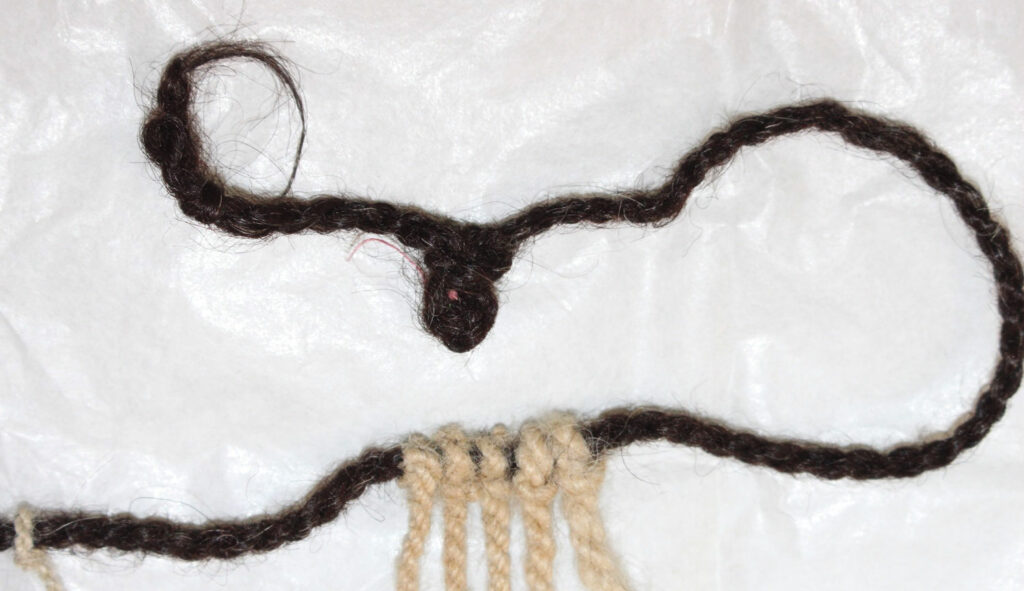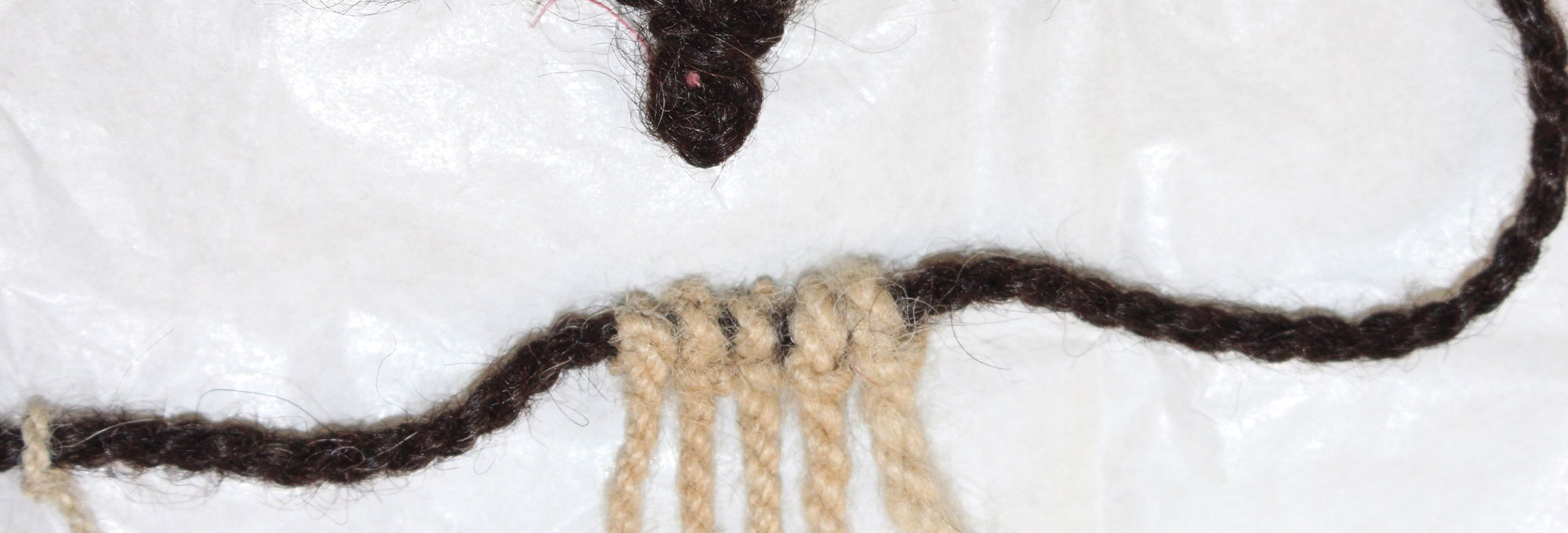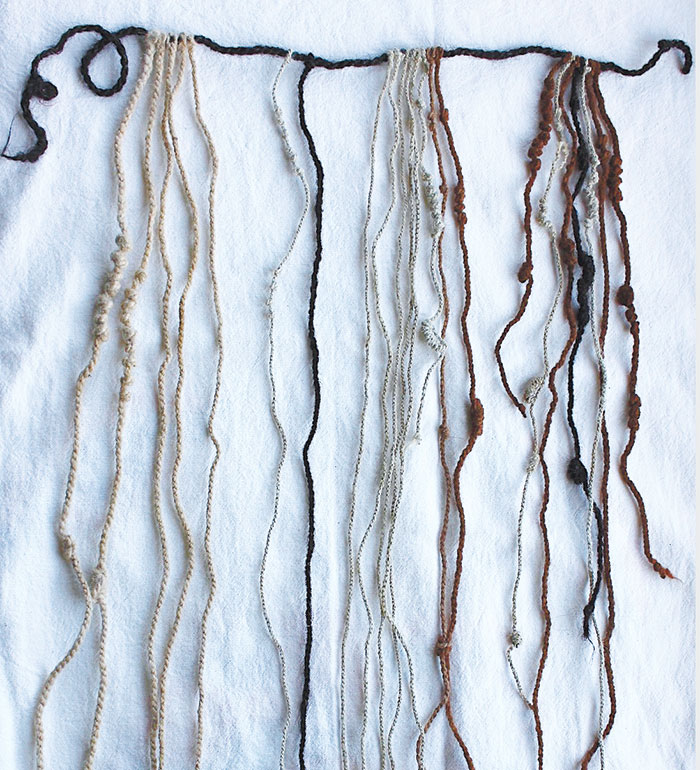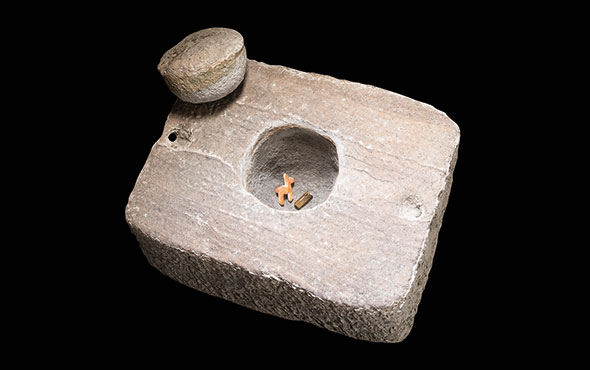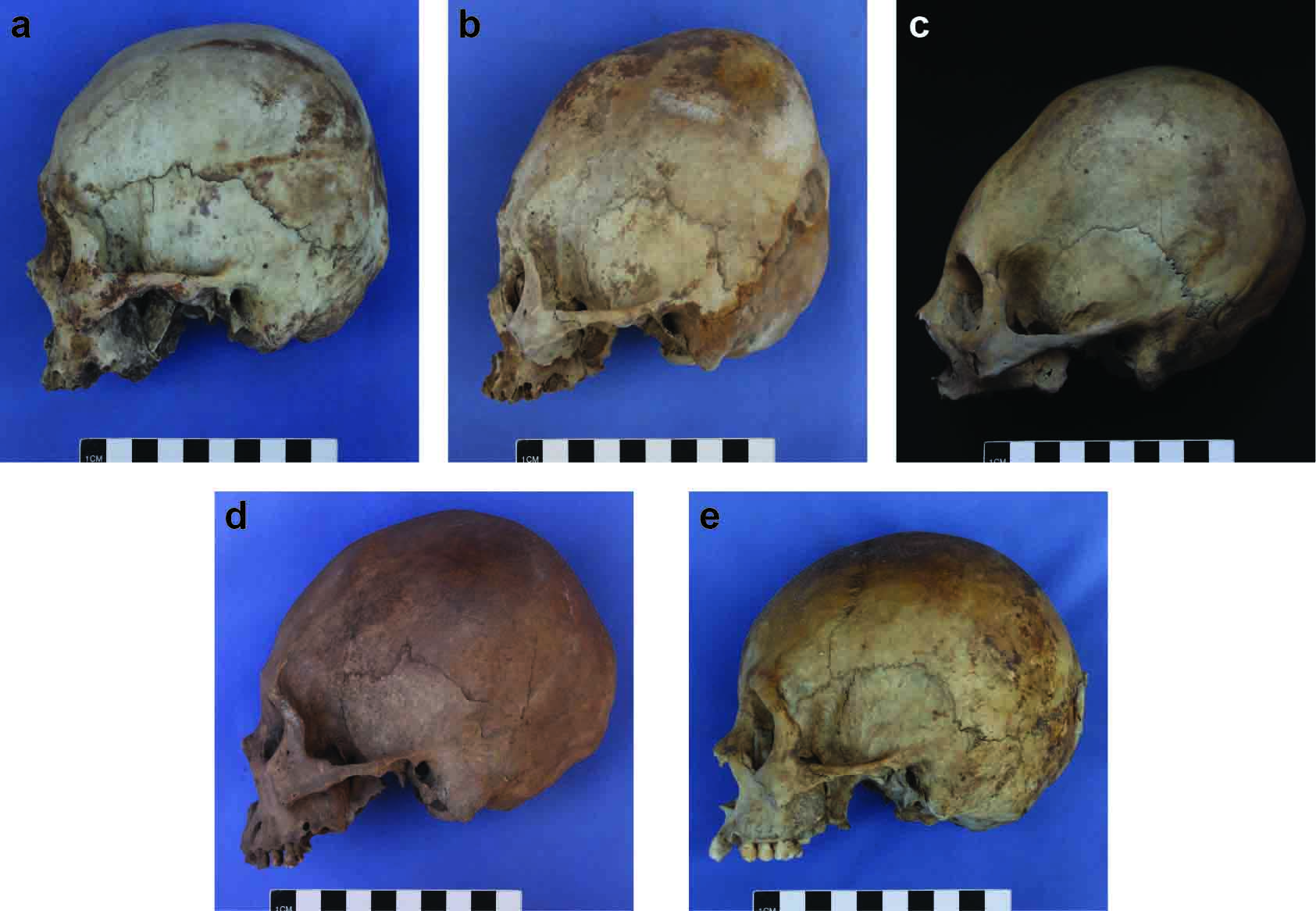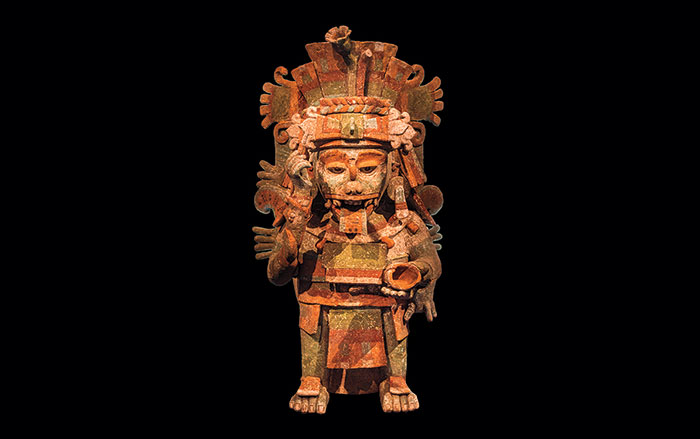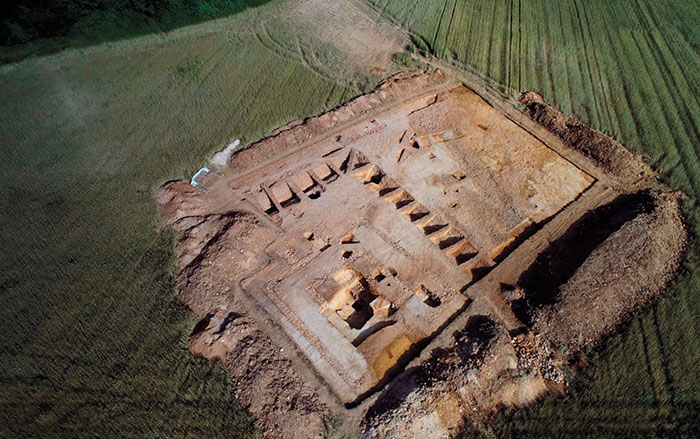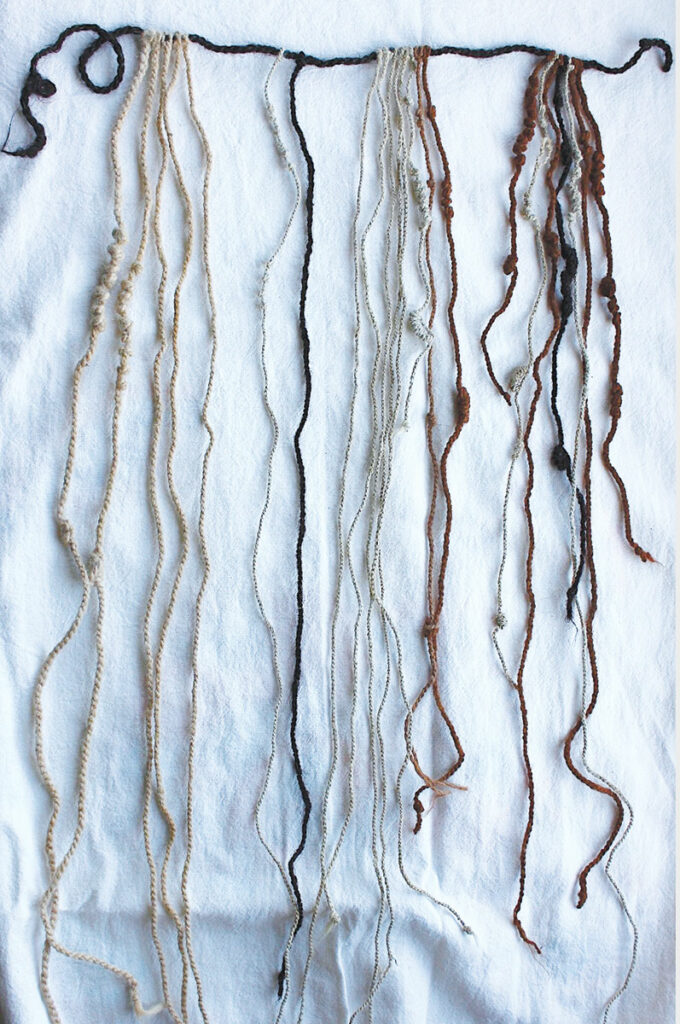
New analysis of a uniquely Inca recordkeeping device, known as a khipu, has changed archaeologists’ conception of the individuals who created and maintained them. These objects consist of a series of intricately knotted cords typically made from animal hair. They were used to record numerical information such as dates, inventories of goods, and tax data. Khipus were instrumental in the administration of the Inca state and it has long been thought that khipukamayuqs—or khipu makers—were educated elites.
However, this may not be the case, according to recent analysis of a 500-year-old khipu held by the University of St. Andrews. Researchers noticed that a large portion of the artifact was woven from human hair that was the product of eight years of growth. “The presence of the khipukamayuq’s hair suggests that this khipu recorded something important and very personal, such as the offerings that this individual made at different shrines,” says archaeologist Sabine Hyland of the University of St. Andrews. The team was surprised that isotope analysis of the strand revealed that the khipukamayuq did not eat meat or maize, foods usually consumed by the Inca upper classes. Instead, the person dined on tubers, greens, and other plants—typical fare of Inca commoners. This has led researchers to conclude that numerical literacy, which was a requirement for khipukamayuqs, was more widespread in Inca society than previously believed.
